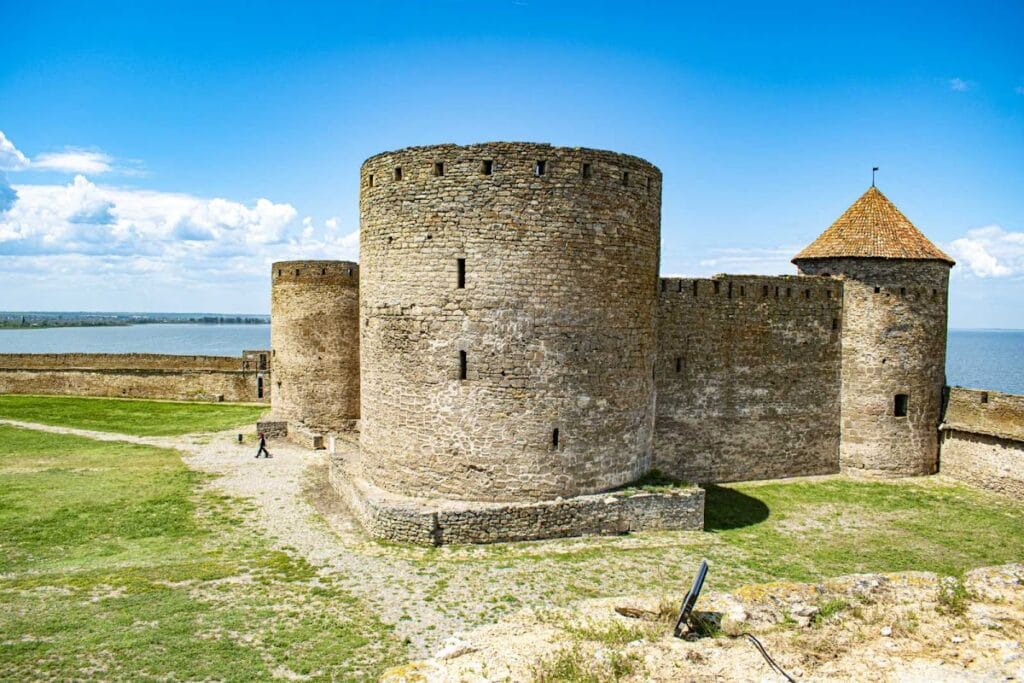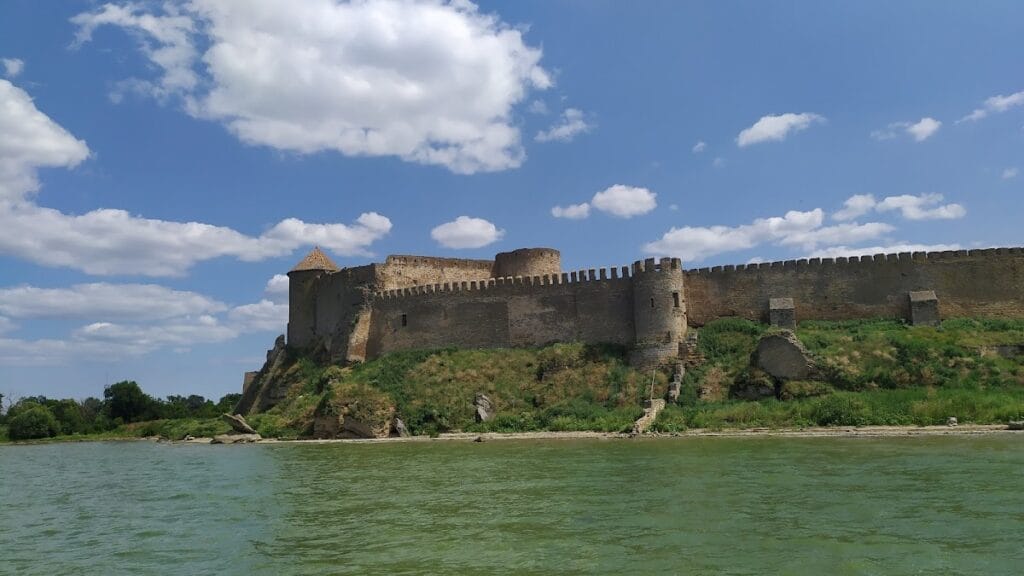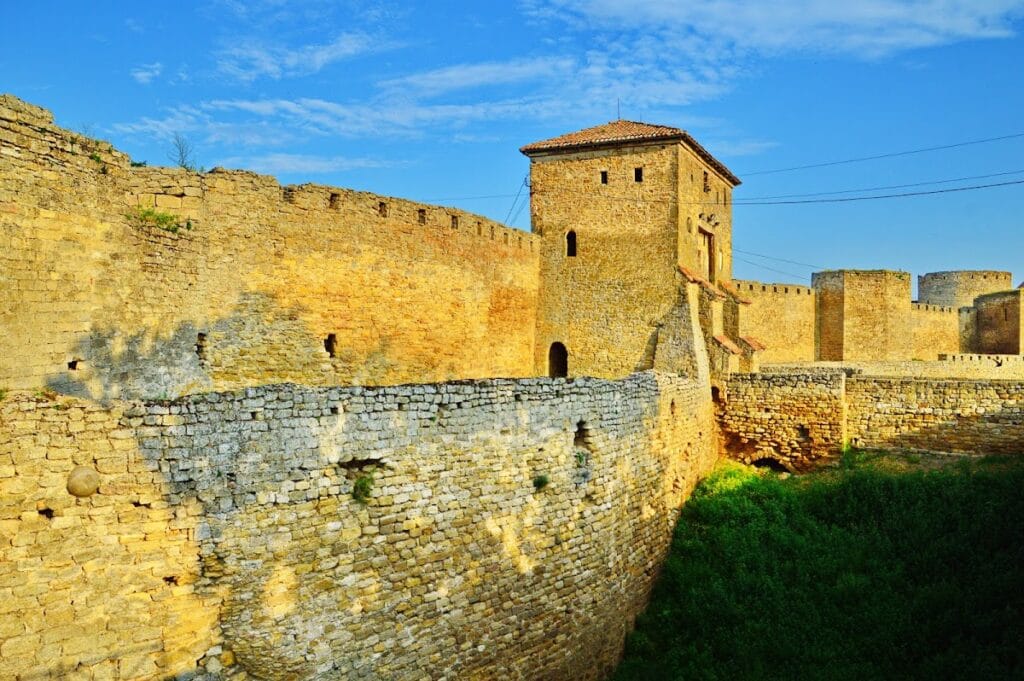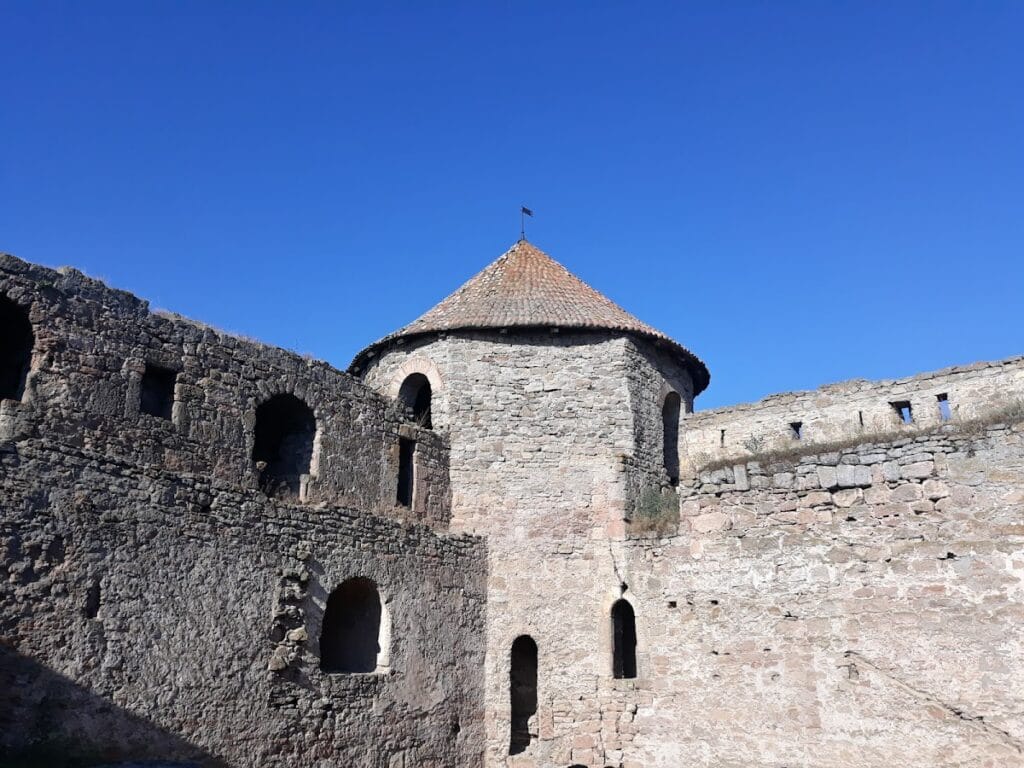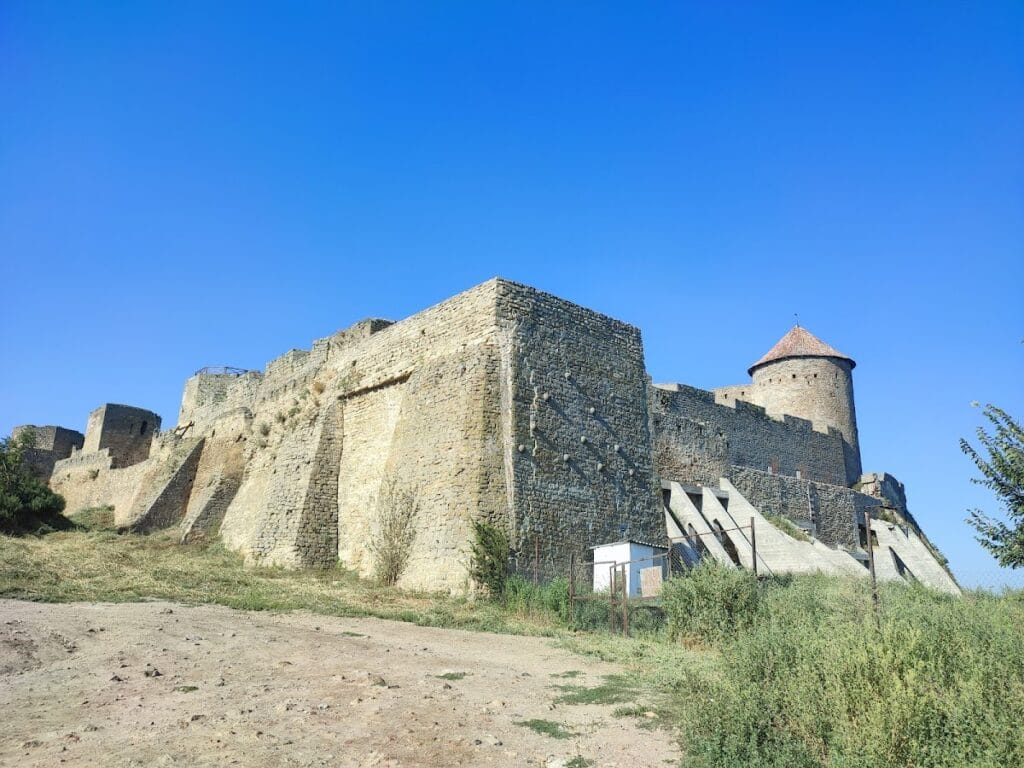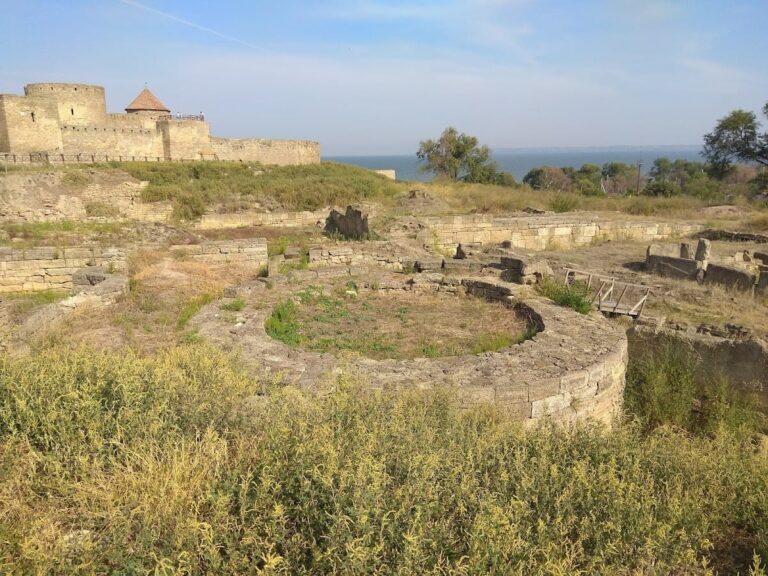Bilhorod-Dnistrovskyi Fortress: A Historic Stronghold in Ukraine
Visitor Information
Google Rating: 4.6
Popularity: High
Google Maps: View on Google Maps
Country: Ukraine
Civilization: Unclassified
Remains: Military
History
Bilhorod-Dnistrovskyi Fortress is located in the city of Bilhorod-Dnistrovskyi, Ukraine. This complex fortress was built primarily between the 13th and 15th centuries, atop the remains of the ancient Greek city Tyras. The Greek settlement of Tyras flourished until the 4th century when it was destroyed during invasions by the Goths and Huns. Following this, the area experienced successive habitation by groups including the Antes, Slavs, and Bulgarians. Later it became part of Kievan Rus’, then the Kingdom of Hungary, and the Principality of Galicia–Volhynia, up until the Mongol invasion reshaped regional control.
The fortress’s founding is commonly credited to Genoese merchants in the 13th century. These Genoese traders established the site as a trading post or exclave under the nominal authority of the Golden Horde. During the late 14th century, Moldavian forces wrested control from the Lithuanians, who had themselves displaced Genoese rule earlier. Under Moldavian governance in the 15th century, the fortress and the city—then known as Cetatea Albă, meaning “White Fortress” in Romanian—became a vital urban center with an estimated population around 20,000 people from varied ethnic backgrounds. At this time, extensive expansion and fortification works were completed, featuring 34 defensive towers and a deep surrounding moat, with major construction finalized by the 1440s.
Repeated attempts to seize the fortress were made by the Ottoman Empire throughout the late 15th century. After a nine-day siege led by Sultan Bayezid II in 1484, Ottoman forces captured the fortress, initiating a period of Ottoman control lasting more than three centuries. During this long occupation, the site served as a northern military stronghold and withstood numerous attacks, particularly from the Zaporozhian Cossacks and other regional adversaries. The Ottomans undertook significant upgrades to the fortress’s defenses, including works carried out in 1657 under Melek Ahmed Pasha, and in 1707 when French military engineers added a new bastion line. From 1756 onward, the fortress underwent continuous repairs and fortification efforts.
The 18th century was marked by three Russo-Turkish wars involving the fortress. Russian forces temporarily occupied it in 1770 and again in 1789. During the 1789 occupation, the renowned Russian commander Mikhail Kutuzov led the troops controlling the fortress. Ottoman possession finally ended in 1812 when the Treaty of Bucharest transferred control of the fortress and its surrounding lands to the Russian Empire. By 1832, the fortress ceased its military functions and, in 1896, was officially recognized as a historical and architectural monument. Over the course of the turbulent 20th century, the fortress passed through the hands of Romania, the Soviet Union, and later independent Ukraine, eventually becoming a protected heritage site.
Remains
The fortress covers around 9 hectares and is enclosed within walls stretching approximately 2.5 kilometers. These walls form an irregular polygon shaped by the rocky shoreline of the Dniester estuary. Their thickness varies from about 1.5 to 5 meters, and they rise between 5 and 15 meters in height. The construction employed white limestone, bound with a unique mortar composed of eggs, crushed marble, carbon, silicon, and millet. This mixture contributed to maintaining the walls’ resistance to moisture and temperature fluctuations.
Originally, the fortress featured 34 towers spaced roughly every 40 to 45 meters along its defenses. Twelve of these were fully developed defensive towers, while the remainder comprised bastions or half-bastions adapted over time to accommodate artillery. Among these, several carry names connected to local folklore and historical associations, such as the Ovid Tower—also known as the Maiden Tower—Pushkin Tower, and the Watchtower. The fortress is divided into several distinct courtyards offering different functions. The most fortified area is the Citadel, occupying about 300 square meters, containing four substantial towers named Pridvirna, Komendantska, Temnytsia, and Skarbnytsia. The Citadel houses numerous rooms and an extensive, still largely unexplored system of underground passages. While three of the main towers remain in good condition, the Skarbnytsia tower shows partial ruin.
Beyond the Citadel, the Garrison Courtyard spans roughly 2 hectares and historically contained the barracks and stables supporting the fortress’ military needs. The larger Civilian Courtyard covers approximately 5 hectares and once included residential structures alongside a large mosque built during Ottoman rule. The Quarantine or Port Courtyard, associated with trade and docking activities, has mostly disappeared from the present landscape.
A notable feature is a segment of the fortress wall finished in 1440, situated outside the main enclosure near the estuary. This section contains ten stone cannonballs embedded in a specific geometric arrangement resembling a tetractys—a triangular figure with ten points forming nine equilateral triangles. This decoration had no defensive purpose, and scholars have debated its meaning. Proposed interpretations range from symbolic or mystical uses, such as Masonic or “magical” signs, to practical applications like a type of sundial calendar.
The fortress was surrounded on three sides by a moat up to 13 or 14 meters deep, with the inner wall of the moat standing several meters higher than the outer. The northern walls extend near the Dniester estuary itself. Continuous erosion of the rocky foundation has caused sections of the northern walls and parts of towers like Skarbnytsia to collapse or slide over time. Restoration efforts in the 20th and 21st centuries have introduced structural supports such as arches, buttresses, and reinforced concrete to stabilize and preserve the monument. The fortress’s impressive remains stand as a testament to its complex history shaped by various cultures and military powers.
